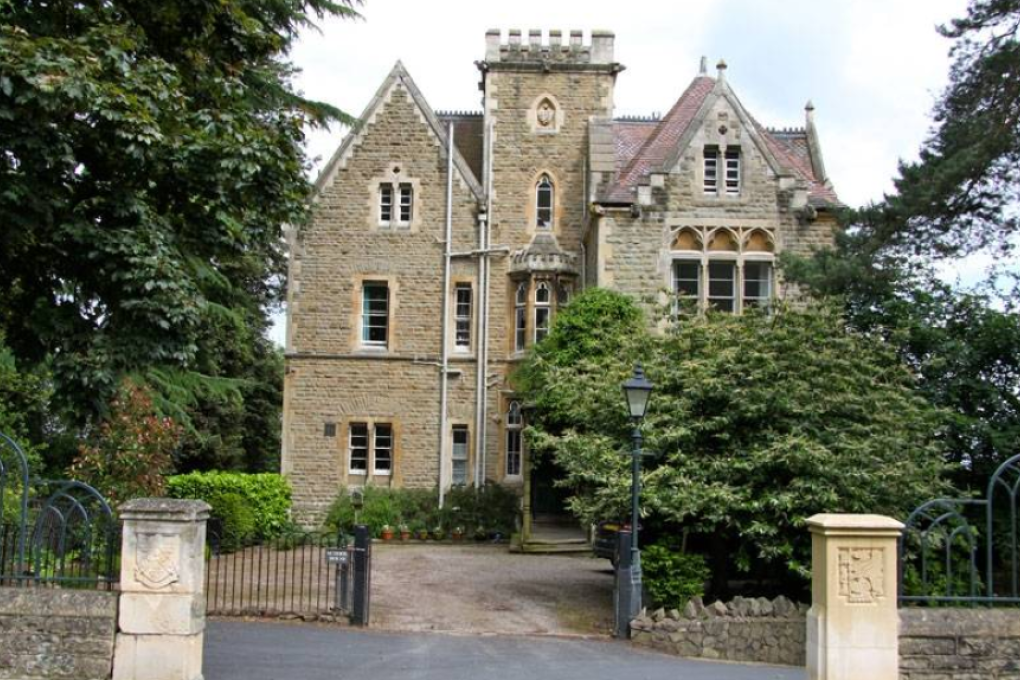History & Modern Development
[Sponsored Article] Tradition is something that can be clearly seen at Malvern with buildings laced in history and memories of the College’s past. But whilst being 152 years old Malvern does not simply rely on its past, but looks to the future, keeping in line with its motto ‘Sapiens qui prospicit’ (Wise is the person who looks ahead): Malvern stays at the forefront of innovation and sees its development as a continual opportunity.

[Sponsored Article]
Tradition is something that can be clearly seen at Malvern with buildings laced in history and memories of the College’s past. But whilst being 152 years old Malvern does not simply rely on its past, but looks to the future, keeping in line with its motto ‘Sapiens qui prospicit’ (Wise is the person who looks ahead): Malvern stays at the forefront of innovation and sees its development as a continual opportunity.
A huge amount of history can be found within the boarding houses where countless friendships have been formed, challenges met and lives enhanced. The house system is an integral part in creating such an ideal environment for pupils to thrive and has been an important part of Malvern ever since its inception in 1865. School House was the first house on campus; it was initially the house of Reverend Arthur Faber, the Founding Headmaster. Since then, ten other houses have been incorporated into the college. The newest being Ellerslie house, named after Ellerslie School - an all-girls school located in the Malvern area which went on to merge with the College in 1992. Over the course of its history the boarding houses have seen almost countless boys gradually mature into men who then went on to a wide variety of careers in the UK and throughout the world, some becoming highly influential but all having benefitted from an all-rounded Malvern education. The beauty and grandeur of the Malvern Hills has inspired many musicians and poets over the centuries. Perhaps the most famous of these is Sir Edward Elgar (who once lived in the house which later became the No. 7 boarding house). Malvern was also the inspiration for J.R.R. Tolkein’s “Misty Mountains” in his children’s classic “The Hobbit”. Indeed, it was the College’s Head of English who encouraged Tolkein to publish his work which later became a world best seller.

However, Malvern’s walls have not only seen the progression of innovative thinkers but also the creation of world-changing ideas. During the Second World War, the College was requisitioned by the Military in 1939 and then again in 1942. At these times, the grounds were used as the home of the Telecommunications Research Establishment whose investigation into the ‘Radar system’ helped the allies win the war against the Nazis. The Classical Sixth Form room (called ‘VI’ for short) located above the Headmaster’s Study was used as a study for A.P. Rowe, pioneer of Radar. It was also used to facilitate highly influential weekly meetings, informally named the ‘Sunday Soviets’, where important characters in the allied war effort would gather to discuss matters concerning Air defence and strategy. Many important strategic decisions were made in that room which helped the allies on their way to victory.
